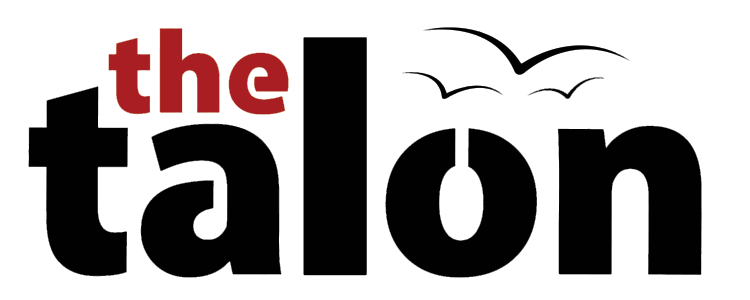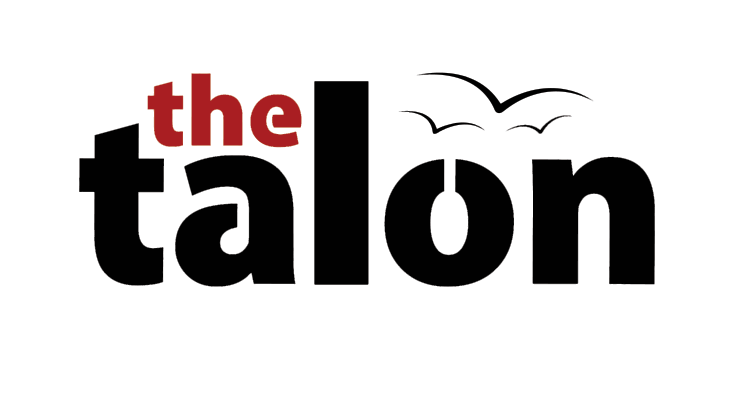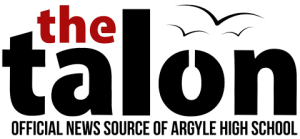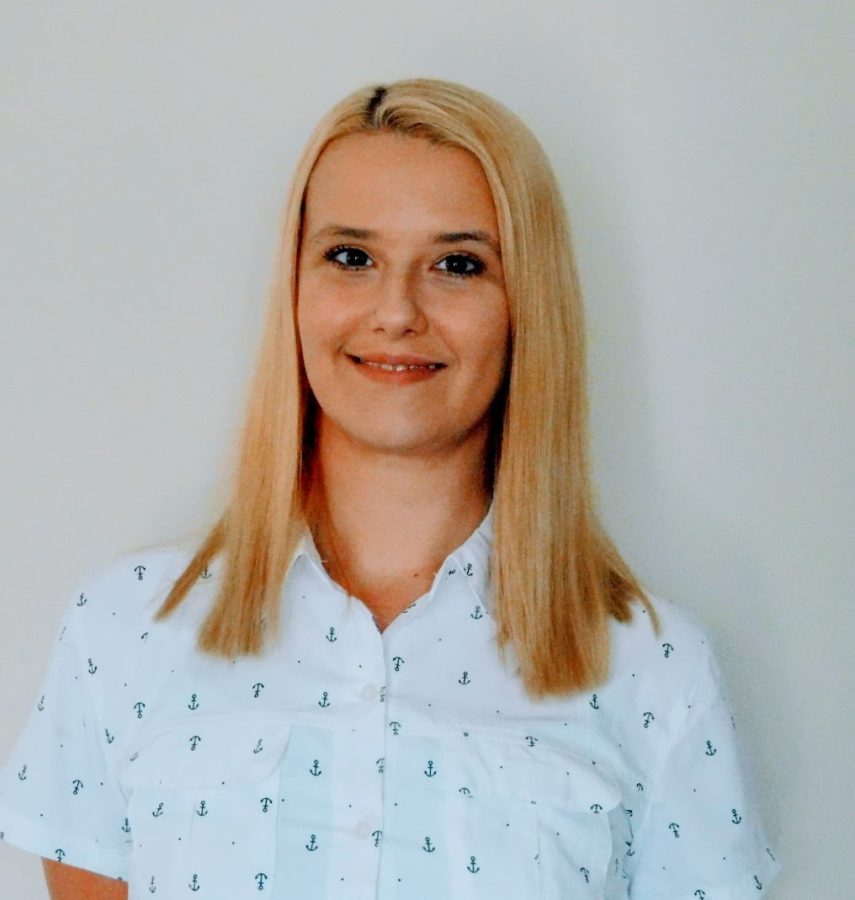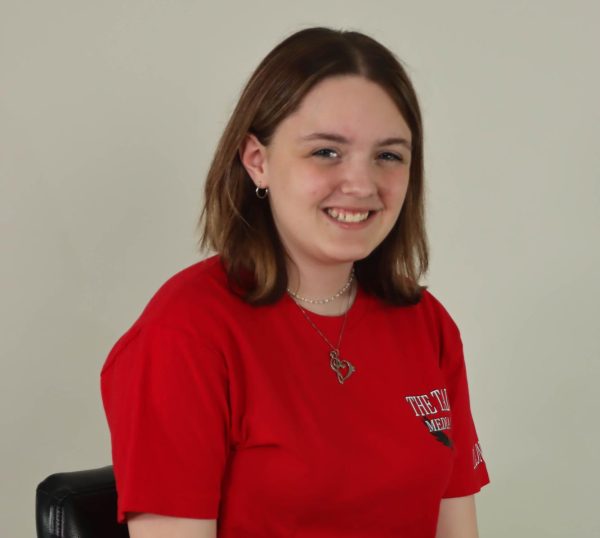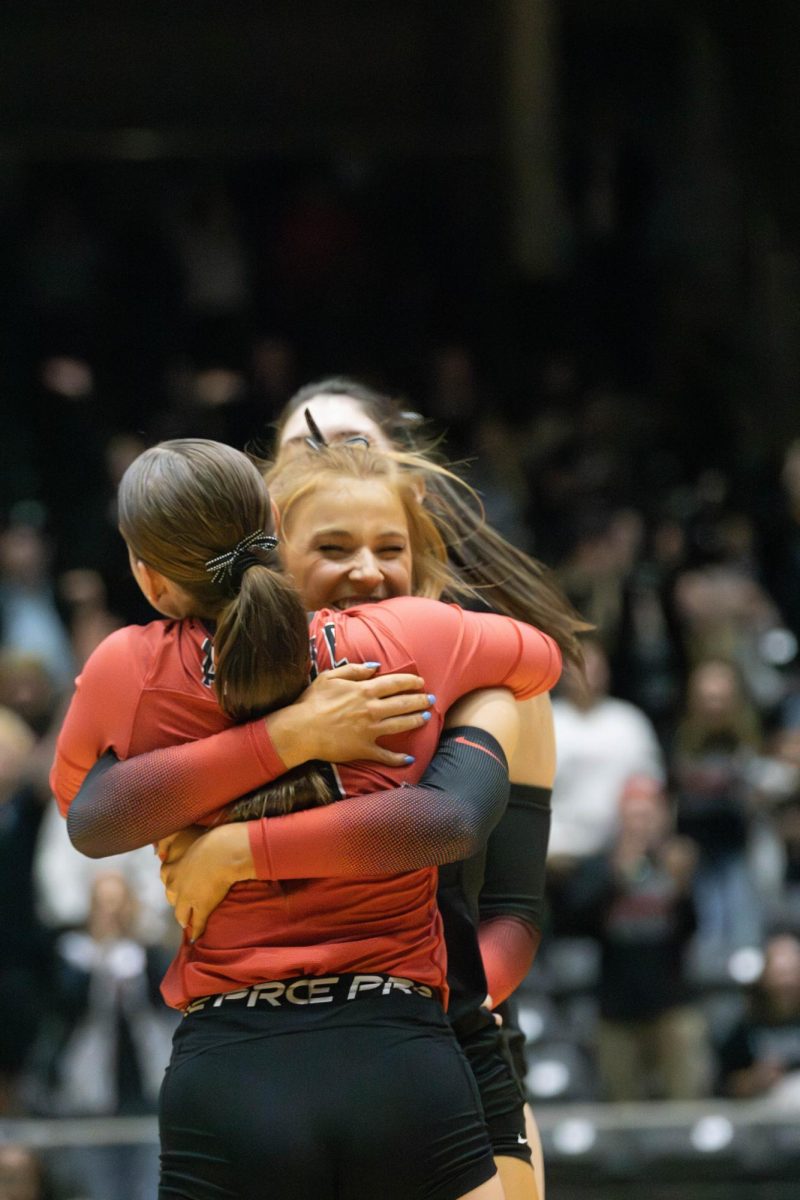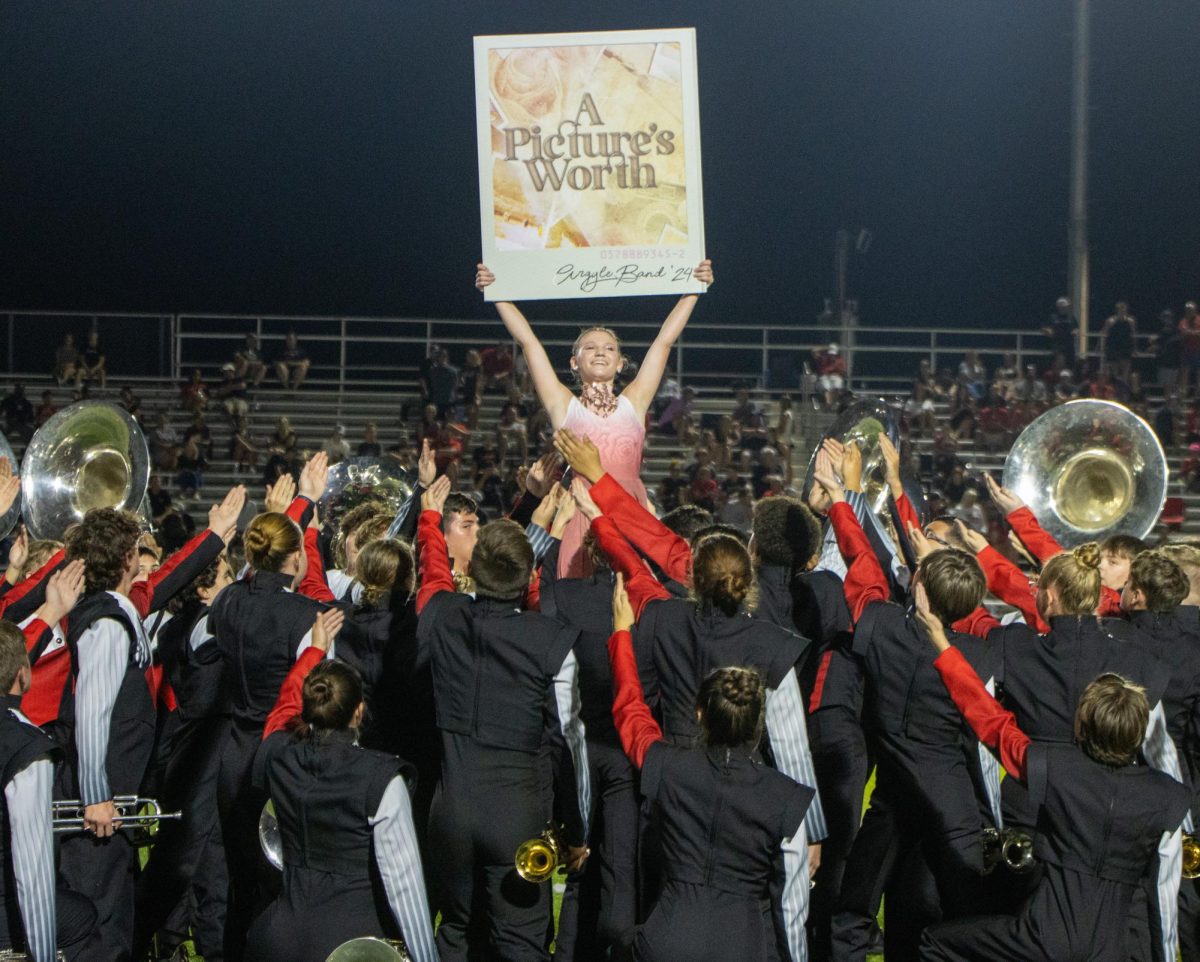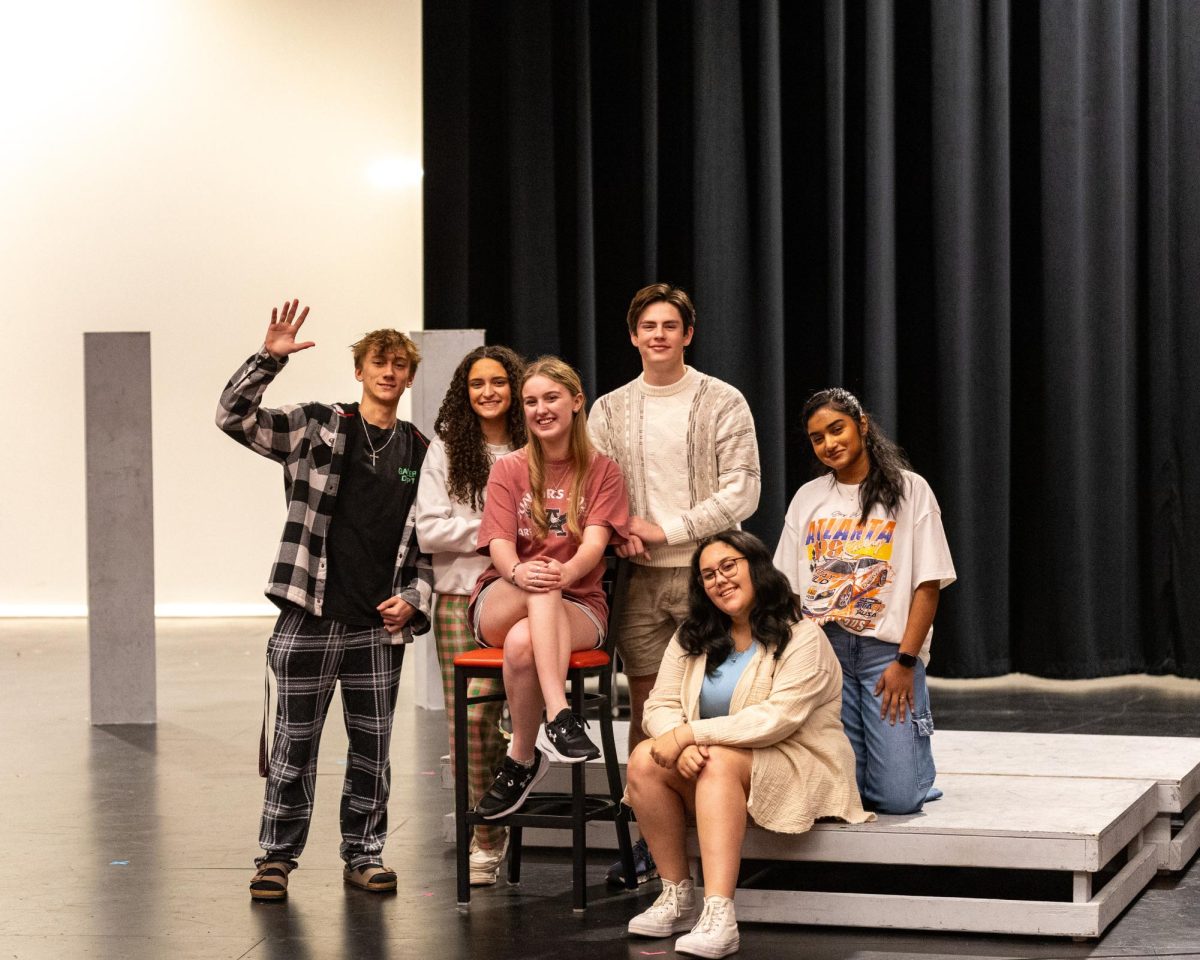Silence is Golden
Argyle’s first Deaf teacher
January 13, 2023
Struggling with a constant uphill climb, struggling to fit into a world made for the hearing. After being diagnosed with progressive hearing loss at the age of five, Brittany Hamilton, Argyle’s first Deaf teacher, began to learn American Sign Language from the yellow book of sign.
Placed into a school with Deaf Ed at six, Hamilton began a secluded path at school forced by audism, discrimination against deaf and hard of hearing individuals.
“My school experience was very isolated,” she says. “I had this, still have this ongoing issue of I’m not Deaf enough for the Deaf world, but I’m not hearing enough for the hearing world.”
Hamilton expresses her frustration as her hearing peers would not want to associate with her because she was one of the Deaf people, but the rest of her Deaf peers did not consider her one of them.
“A lot of Deaf people have this internalized audism where they believe that if you can talk, you’re not really Deaf; true Deaf people can’t talk,” she says. “If you can function in the hearing world without much struggle, then there’s a part of the Deaf community that believes that should be considered Hard of Hearing.”
The Deaf community separates themselves with either a lowercase or uppercase ‘D’ depending on the culture an individual has. Lowercase ‘d’ deaf is any kind of medical hearing loss, from hard of hearing to profoundly deaf.
“If a person does not sign, they don’t engage in Deaf events like Deaf coffee or Deaf night out,” Hamilton explains, “then they are not typically considered big ‘D’ Deaf; because they don’t have that culture. They’re not a part of the culture, they don’t obtain the culture, it’s not a part of who they are.”
On the other hand, uppercase ‘D’ Deaf describes a deaf person with Deaf culture; someone who signs, is culturally Deaf, and involved in the Deaf community.
Typically, lowercase deaf people focus on being a part of hearing culture. According to the National Institute of Deafness, more than 90 percent of deaf children are born to hearing parents, including Hamilton.
“I guess a really good way to explain what it was like was, my parents had this rule that if you were to sign something in the house, it needed to be voiced,” she says. “However, if somebody wanted to say something, there was no rule or requirement that it be signed.”
Hamilton’s family has dealt with many cases of audism, which led to the idea that she would struggle continuously throughout life.
“My family also has, or had, a really negative viewpoint of the world. We’ve had so many experiences of audism and discrimination,” Hamilton says.
When first diagnosed, Hamilton’s extended family viewed this as a negative experience, giving condolences to her parents and internalizing audism.
“It’s been a lot of struggle,” she says, “there’s been a lot of factors that contribute to how bizarre my upbringing was with my family.”
All that came into factor when she chose a career, teaching ASL to hearing students.
“My mom told my sister that it was a shame that I wanted to teach hearing kids because nobody will hire a Deaf person to teach,” Hamilton says. “But that was something she honestly believed, because she had no event that she experienced to tell her otherwise.”
This is Hamilton’s fourth year teaching sign language and second at Argyle ISD as their first Deaf staff member.
“I do have quite a few students who try to tell me to just say it. Which is interesting to me,” Hamilton says. “ASL is not an auditory language, it’s a visual language for non-audible people.”
Many hearing people have the notion that deaf people are not as smart, due to the translation of languages.
“Just because my language is not your language, I am not stupid,” Hamilton expresses. “For most Deaf people, if you ask them to tell you something in English, it’ll be hard because it’s not their natural language. And so that will look poor. But if you ask them to explain the same thing in sign language, they will tell you everything there is to know about that topic.”
Hamilton says if there is one thing she can express to hearing people, it would be the importance of ASL in Deaf culture.
“Honestly, Deaf people just wanted to be treated equally,” Hamilton says. “The key part of that is understanding that as a Deaf person, our primary language is American Sign Language.”
